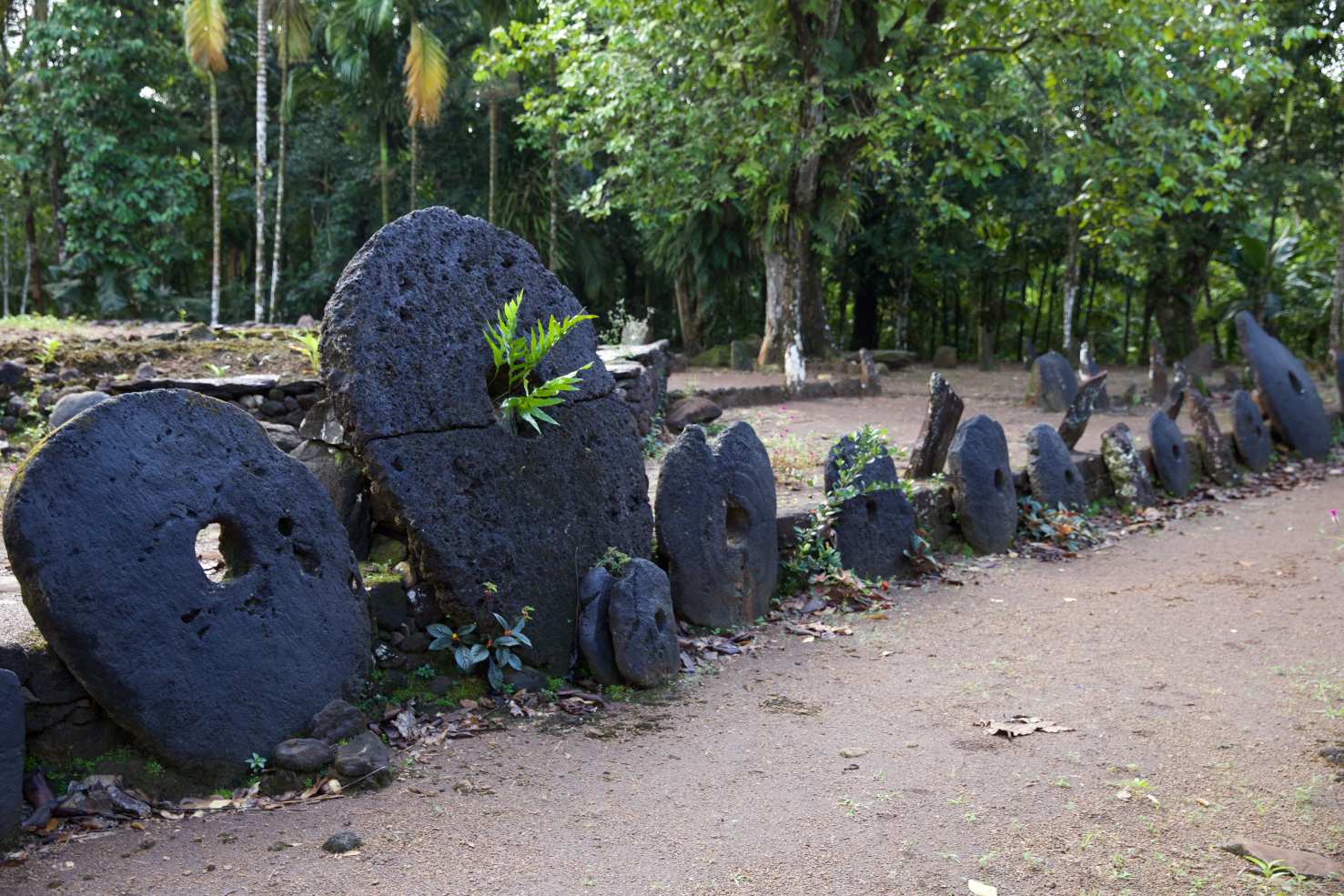The Pacific Island of Yap, a place known for its curious artifacts that have puzzled archaeologists for centuries. One such artifact is the rai stone – a unique form of currency that tells a fascinating story about the island’s history and culture.

The rai stone is not your typical currency. It’s a massive limestone disk, some even larger than a person. Just imagine the sheer weight and cumbersome nature of these stones.
Yet, these stones were used as currency by the Yapese people. They were exchanged as wedding gifts, used for political reasons, paid as ransoms, and even kept as inheritances.

But there was one major challenge with this form of currency – their size and fragility made it difficult for a new owner to physically move the stone closer to their home.
To overcome this challenge, the Yapese community developed an ingenious oral system. Every member of the community knew the names of stone owners and the details of any trades. This ensured transparency and controlled the flow of information.

Fast forward to the present day, where we find ourselves in the era of cryptocurrencies. And although rai stones and cryptocurrencies may seem worlds apart, there is a surprising resemblance between the two.
Enter the blockchain, an open ledger of cryptocurrency ownership that provides transparency and security. It’s similar to the Yapese oral tradition, where everyone knew who owned which stone.
Archaeologists were amazed to discover that this ancient “oral ledger” and today’s blockchain performed the same duty for their respective currencies – maintaining community control over information and security.
So, as we delve deeper into the mysteries of the rai stones and the blockchain, we begin to realize that even across vast distances of time and culture, certain principles of currency remain unchanged.




